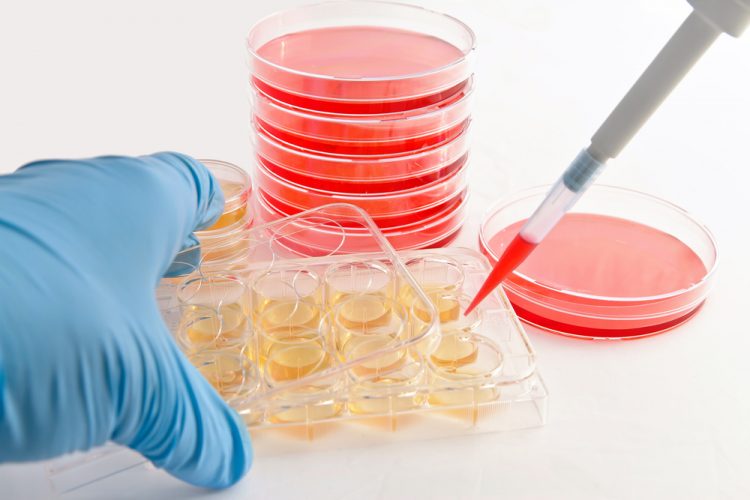Cell line development services market to value $2.4 billion by 2030
Posted: 10 August 2021 | Hannah Balfour (European Pharmaceutical Review) | No comments yet
New report suggests the cell line development services market will witness a 14.3 percent CAGR between 2021 and 2030.


According to a new report, the global cell line development services market is expected to reach a value of $2.44 billion by 2030, with a cumulative revenue of $1.65 billion in the first five years (2021-2026). The market was valued at $789 million in 2020, so the market is predicted to obtain a compound annual growth rate (CAGR) of 14.2 percent.
Cell line development is an essential part of not only research but also biologic drug manufacturing. Cell lines are created through the discovery, manipulation and cloning of single cells with the desired properties, eg, consistent levels of a target therapeutic protein or expression of a certain gene. They have a range of uses from laboratory – for drug metabolism and cytotoxicity testing or the study of gene function – to bioproduction – for vaccine, antibody and cell therapy production.
Cell line development services have comprehensive workflows that can begin from a desired gene sequence and progress through to generate a stable cell line, including verification procedures.
The market research report states that the increasing incidence of chronic diseases, such as psoriasis, diabetes, anaemia, cancer, rheumatoid arthritis and Crohn’s disease, and the increasing prevalence of immunology disorders are factors majorly promoting growth of the global cell line development services market over the next decade. Furthermore, it suggests the increasing prominence of biosimilars is also expected to drive marker growth.
It adds that increasing investments by key industry players towards improving the development, screening and manufacturing technologies, as well as the incorporation of automation and robotics in cell line processes are also expected to expand the market. According to the report, there is “ever-surging demand for highly productive and stable lines for both market players and potential non-industry players” which will also support growth.
However, the complexities of the cell line development process and the high-risk potential of tainted samples are expected to restrain market progress.
By product type, reagents and media was the largest segment in 2020 and is expected to continue to dominate over the next decade, though the equipment segment is also anticipated to index a high CAGR.
Recombinant cell lines were the largest market sector by type in 2020 and is projected to register the highest CAGR over the next decade; however, hybridomas are anticipated to register considerable revenue growth in the next 10 years. Moreover, mammalian cell lined accounted for the maximum number of revenue shares in 2020 and is expected to continue to dominate between 2021 and 2030.
By application, drug discovery was the largest segment in 2020 and is anticipated to grow at the highest CAGR over the forecast period, though the bioproduction segment is slated to account the second-most number of revenue shares by 2030.
By region, North America was the largest in 2020, followed by Europe and the Asia Pacific, with this order expected to continue through the forecast period.
Some of the key players in the global cell line development services market include GE Healthcare, Thermo Fisher Scientific Inc., FUJIFILM Holdings Corp. (FUJIFILM Diosynth Biotechnologies U.S.A., Inc.), Merck KGaA (Sigma-Aldrich Corporation), Lonza Group AG, Sartorius AG and WuXi AppTec Co. Ltd. (WuXi Biologics).
Related topics
Antibodies, Biologics, Biopharmaceuticals, Bioproduction, Drug Manufacturing, Outsourcing, Therapeutics, Vaccines
Related organisations
Fujifilm Diosynth Biotechnologies, GE Healthcare, Lonza, Merck KGaA, Sartorius, Sigma-Aldrich Corporation, Thermo Fisher Scientific Inc., WuXi Biologics
Related diseases & conditions
anaemia, Cancer, Coronavirus, Covid-19, Crohn's disease (CD), Diabetes, Psoriasis, Rheumatoid arthritis (RA)









